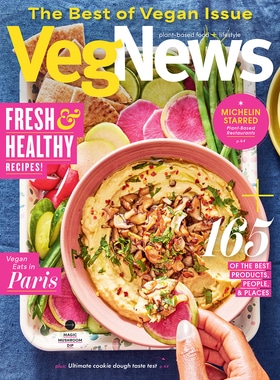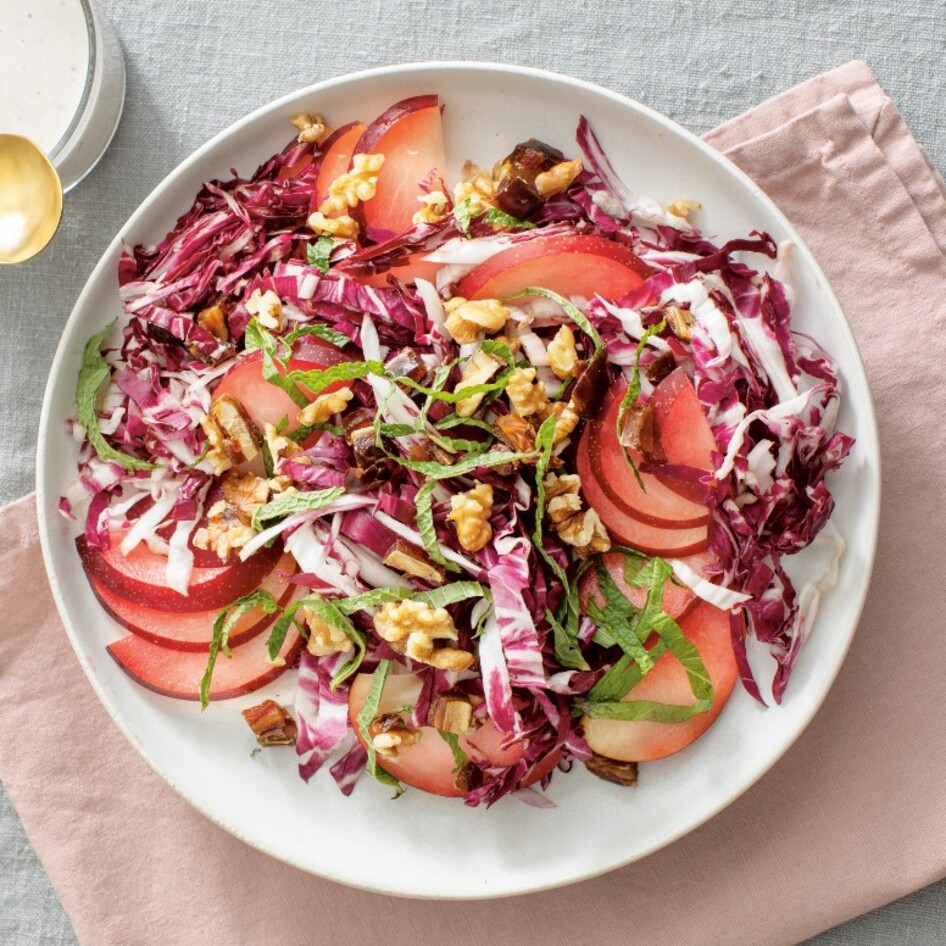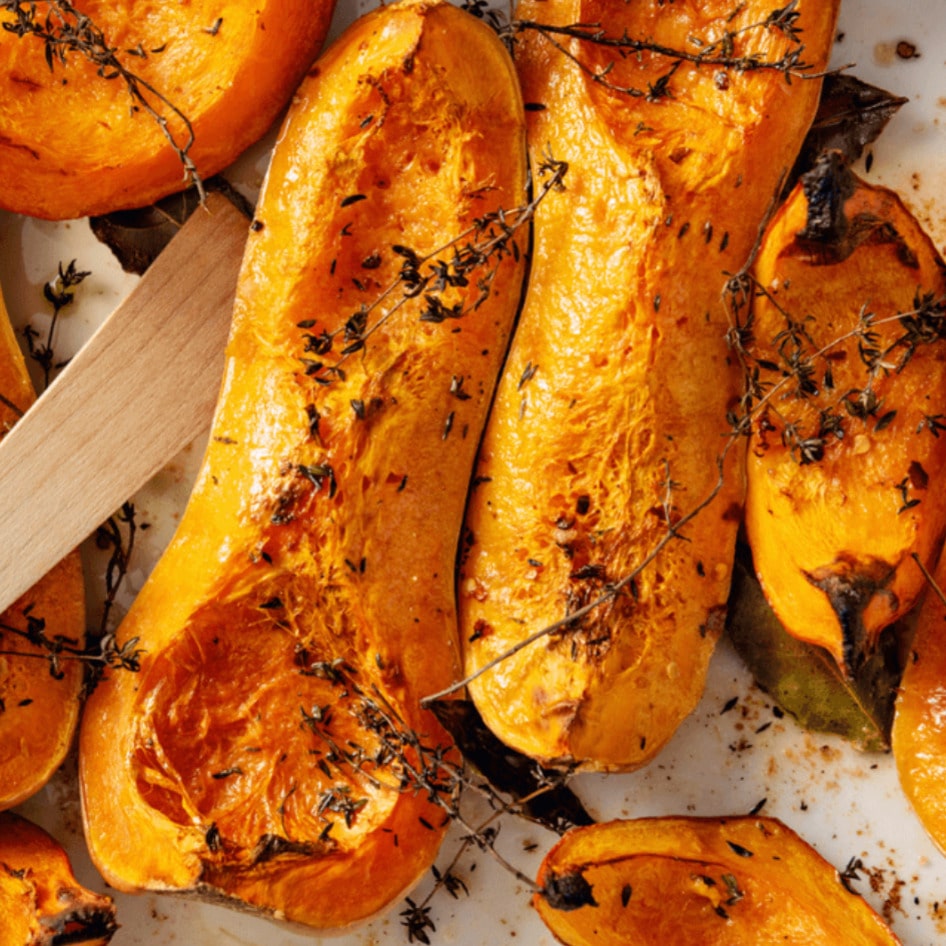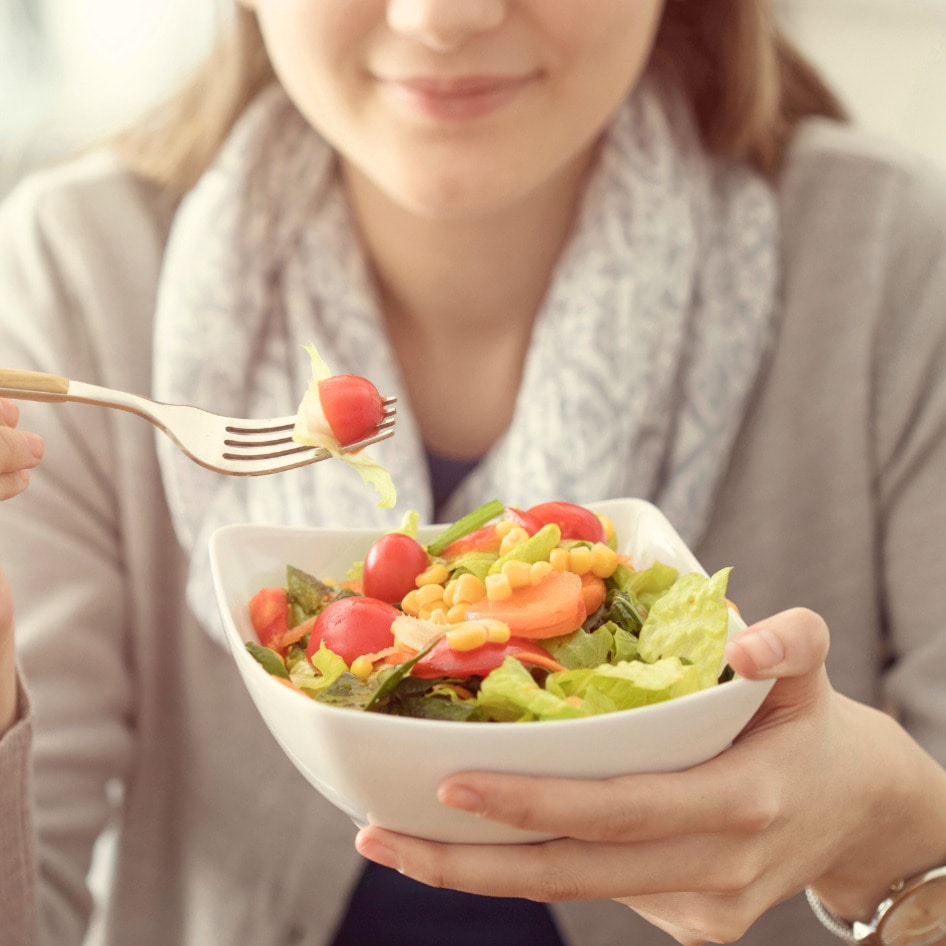The countdown for summer is on, and for many of us, that means replenishing our tan ahead of beach days and backyard cookouts. While plenty turn to self-tanners (the global self-tan market is expected to surpass $1 billion this year), others still prefer soaking up the sun.
But natural tanning comes with risks—UV rays don’t just give you a glow; they also increase the risk of premature aging and skin cancer, which is why sunscreen and sun safety are non-negotiable. Sun beds, too, pose similar UV-related health concerns. But is there another way to enhance your tan, safely? As it turns out, certain foods might actually help boost your glow from the inside out.
Can diet really make you more tan?
Unfortunately, there is no single food that will immediately give the skin a golden glow after eating. However, there is evidence to suggest that, over time, eating certain foods consistently might help subtly enhance your skin’s natural tone. “Consuming some foods high in carotenoids—natural pigments present in vegetables and fruits—can give your skin a more bronzed or golden appearance,” explains Ken Tobby, nutritionist, researcher, and CEO at Organic Solace.
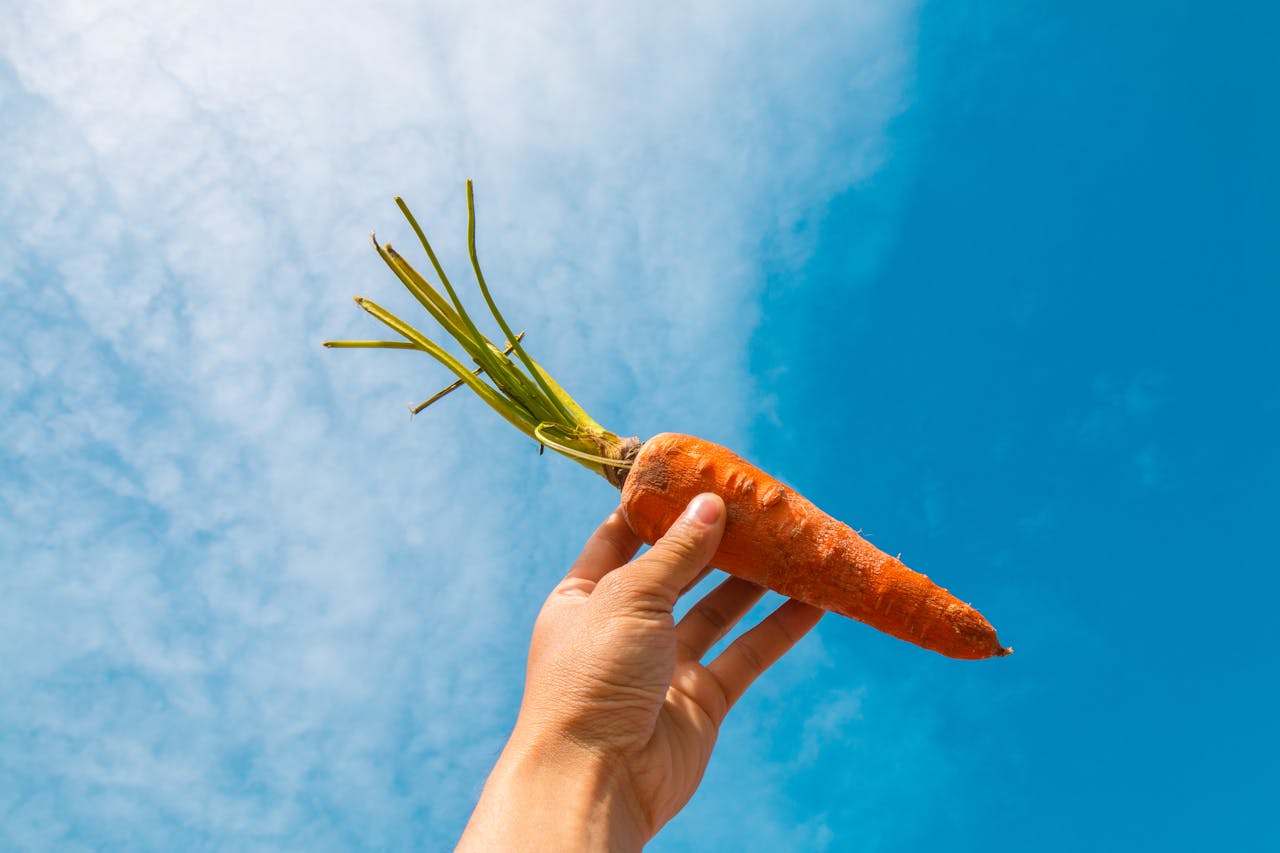 Pexels
Pexels
Carotenoids—like beta-carotene and lycopene—are antioxidants found in colorful fruits and vegetables. These compounds help reduce inflammation and protect cells from damage, supporting overall skin health. This means they help support skin health (which improves its appearance), but thanks to their pigment, they can also change its color slightly. “[This is] often referred to as ‘carotenoid coloration,’” adds Tobby. “This effect is brought about by these pigments after being accumulated in the skin’s outer layer, slightly changing its tone.”
What foods help you tan?
It’s important to note that food doesn’t give you a “tan” in the traditional sense. A tan is technically defined as a change in skin color caused by exposure to UV radiation, and that’s not what happens when you adjust your diet. “Beta-carotene can improve your skin’s golden tone, but it doesn’t create a similar melanin-based tan that comes from sun exposure,” explains Tobby. “This effect can be described as a warm glow and not really a bronzed-tanned look.”
Foods that are rich in beta-carotene include carrots, sweet potatoes, pumpkin, butternut squash, cantaloupe melon, and red bell peppers—essentially, anything with an orangey-red hue. That said, this antioxidant is also found in leafy greens like kale and spinach. Foods rich in lycopene include tomatoes and watermelon, for example.
BECOME A VEGNEWS VIP: Get exclusive product deals, freebies, and perks galore!
To notice a real change, research suggests you’d need to eat between 15 to 30 milligrams of beta-carotene a day. So, for example, to reach 30 milligrams, you’d need about one medium sweet potato with the skin on (11 milligrams) plus one cup of raw carrots (nine milligrams). Alternatively, one cup of spinach, one cup of red bell peppers, and one cup of cantaloupe melon would help you reach about 15 milligrams.
However, the effect of these foods can vary from person to person, and it’s also important to note that in some cases, excessive beta-carotene consumption specifically may lead to carotenemia. The condition, which isn’t usually serious, is often defined by orange or yellow patches on the hands or feet. It can also come with other symptoms like stomach pain and fatigue.
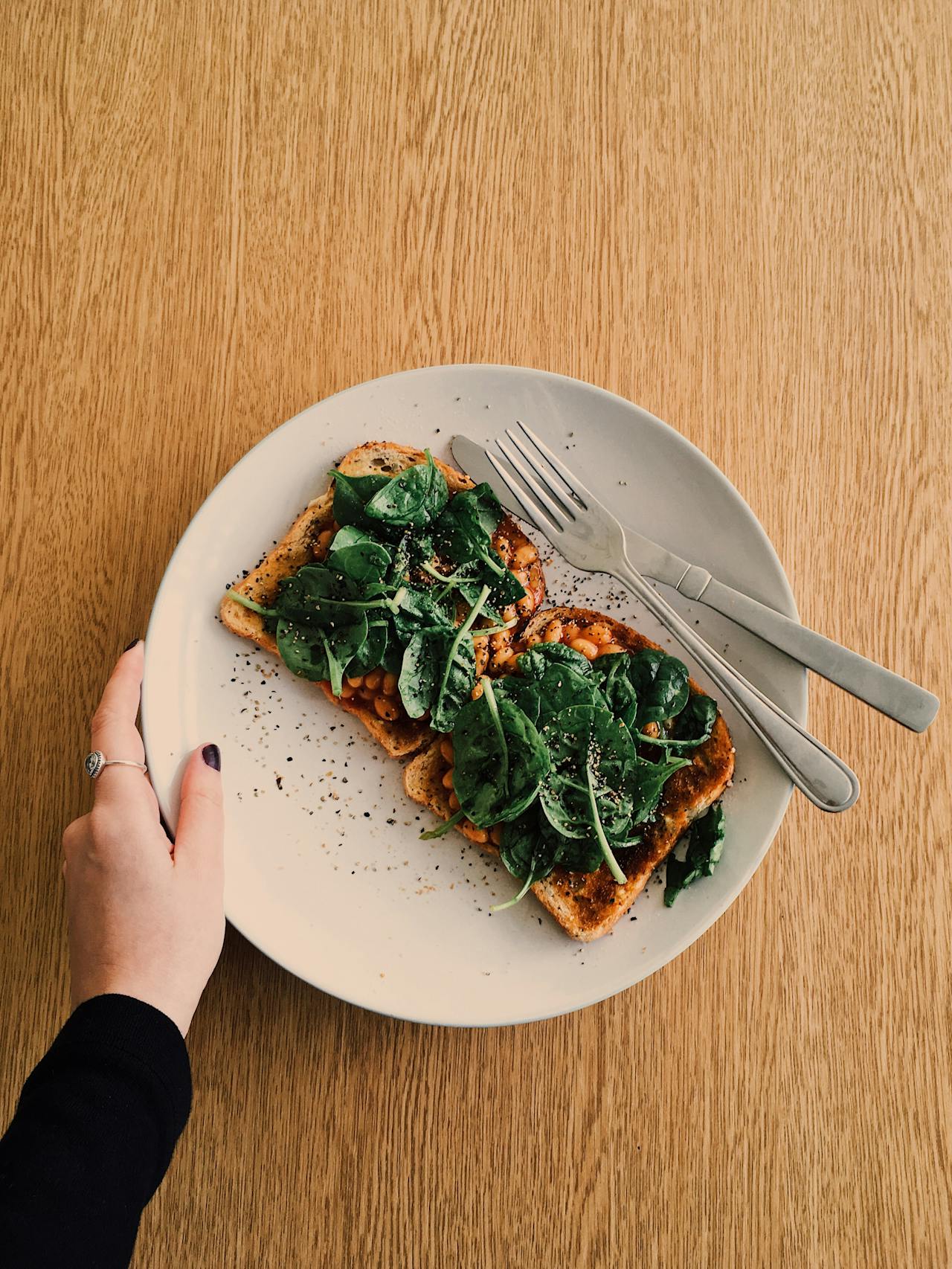 Pexels
Pexels
If you suspect you might have carotenemia, speak with a healthcare provider, who will likely advise you to decrease the amount of beta-carotene in your diet. That said, carotenemia can also be caused by other factors, like genetic conditions and hypothyroidism.
How to improve your ‘glow’ with diet
On the whole, it is safe for most people to eat a diet rich in carotenoids, confirms Tobby. In fact, it is beneficial to do so because most foods that contain the antioxidant are dense with other nutrients, too, like fiber and essential vitamins and minerals.
“To subtly improve your natural glow through diet, concentrate on eating different carotenoid-rich foods every day,” he advises. “Include red vegetables such as pumpkins, sweet potatoes, carrots, red bell peppers, and bright oranges, together with leafy greens such as kale and spinach.”
Tobby notes that combining these foods with other nutrient-dense plant-based ingredients, like avocado, nuts, and olive oil, all of which are rich in healthy fats, helps with carotenoid absorption. This is because carotenoids are fat-soluble nutrients, which need fat to be broken down in the body.
“A balanced diet, together with sun protection and proper skincare, can help one realize a healthy, natural glow,” Tobby concludes.
For more plant-based stories like this, read:
JUMP TO ... Latest News | Recipes | Guides | Health | Subscribe
